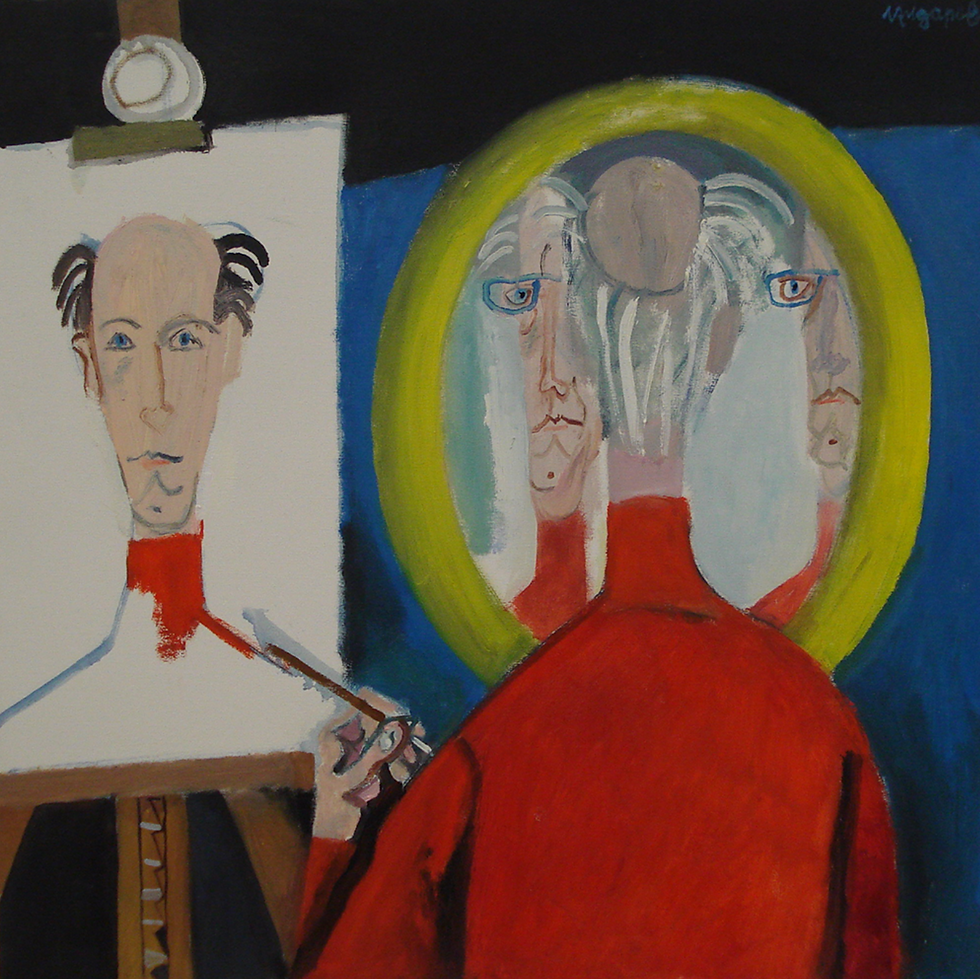Creativity
- yana Kisyova
- May 21
- 3 min read
Updated: May 22
'There are many perspectives available on the study of creativity. Creativity has been seen as motivation, blind variation, divergent thinking, and an ability to discover new problems.' M. Csikszentmihalyi
Csikszentmihalyi says that creativity is blind variation, which is building on the work of
Donald Campbell (1960) who adds selective retention as the other component. The
variation-selection process plays a crucial role initially in how humans were adapting to the
world, now we moved to adapt the world to our needs. The exponential growth of creativity
in humans has its firm foundations in the accumulated previous experience and knowledge,
we make, we gather information, we pass information, and each unique individual chooses
what to retain and what to develop further, experiment, and build upon.
There is spontaneous and deliberate creativity. (Dietrich, 2004) Each human being is creative. Creativity isn’t some godsend epiphany to a few chosen
ones. Generate and test thought trials are the processes that do all the creating and designing in the biosphere. Creativity is the ability to solve problems in new ways, the ability to discover, to see new problems, which I consider essential for progress.
According to Csikszentmihalyi to be creative the individual must have the physical and
mental energy, the fresh naïve perspective and the discipline to pursue their work and
passions. While some people seem to come by creativity naturally, there also seem to be
things we can do to build and strengthen this ability. Willingness to try new things and
explore new ideas improve creativity. “Openness to experience” is predictive of creative
achievement in the arts (Kaufman et al., 2016). The more we are willing to experiment and
create, the bigger the chance to stumble on a novel idea or create something completely
original. The motivation, the urge, the spontaneous desire to break existing patterns and
create new behaviours, new problems and new solutions, challenging the current status quo
is essential in humanity’s survival. It is transformative. It is not a tool it is not a skill; it is who we are. When looking for an answer on where that motivation comes from, I found that
DNA evidence suggests we all carry gene DRD4-7R – the “Wanderlust gene” which is responsible for risk-taking, novelty-seeking, sensation-seeking, and constant need for
exploration. This gene likely plays some role in our desire to experience new things.
'In the morning, you wake up and build a fire. This is a great way to think about the creative process. You have to bring the fire to life, feed it, tend it, then make… ' Kae Tempest

You “tend” to fire. You do not just bring into being
something that wasn’t there before but invest time and effort, and focus on it. I firmly
believe that being disciplined and proactive is part of being creative. Only availability to
spend focused time on a task unlocks the “flow” - that’s when the prefrontal cortex is
deactivated, and there is no sense of self, intention and agency…consideration of the
possible consequences of the ongoing action (Dietrich,2004). Being online for example
stifles creativity - creativity involves ”getting things done” as implied by Tempest –
productivity, which is only possible when we devote time and effort to it. Quality is a
probabilistic function of quantity…quantity is a predictor of quality. (Dietrich,2004) Being
creative is not some special magical quality, it is the will to try again and again and is the
combined effort of Intention, Purpose and Quantity.




Comments